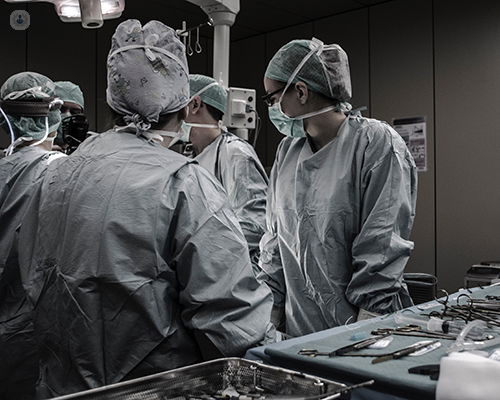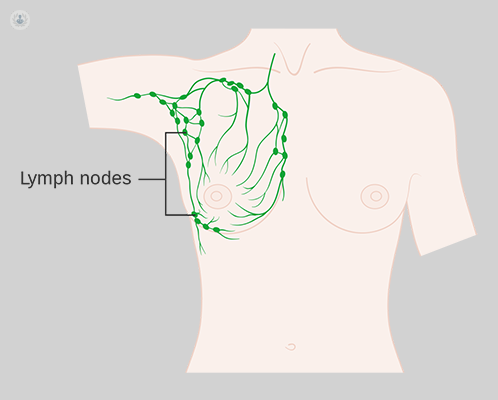What is lymphoedema and how is it treated?
Autore:Lymphoedema is a condition characterised by the swelling of the limbs caused by fluid retention. Fluid retention occurs in patients with this condition because their lymphatic system is unable to properly drain the lymph fluid. In many cases, it is the legs, arms and fingers that become swollen. It can be a difficult condition to live with, as it can cause discomfort, pain and difficulty moving. Mr Damir Kosutic, a top plastic surgeon, details the treatments available for lymphoedema, which include surgery, liposuction, and combining it with breast reconstruction surgery.

What is lymphoedema?
Lymphoedema is a chronic condition which affects upper and lower extremities. It is associated more commonly with cancer surgery whereby lymph nodes and the lymphatic system are damaged as a result of cancer resection. However, there is also primary lymphoedema which occurs for unknown reasons. Swelling caused by lymphoedema can be debilitating to patients in the sense that their quality of life is reduced. They may not be able to wear appropriate shoes or clothing and they are also prone to infections. The swelling is usually the result of accumulated excess fluid in subcutaneous tissues, which over the years can be converted into fat.
How can lymphoedema be treated with surgery?
Lymphoedema can be treated by several surgical techniques, the most effective ones being lymph node transplant, as well as targeted liposuction. Earlier stages of lymphoedema where predominantly excess fluid affects upper or lower extremities can be effectively treated with lymph node transplant. Lymph node transplant or lymph node transfer is a sophisticated technique that involves the microvascular transplantation of lymphatic tissue.

How can liposuction treat lymphoedema?
More advanced stages of lymphoedema can be effectively treated with targeted liposuction. This technique allows for the removal of excess fat. Targeted liposuction can effectively reduce the volume of the affected upper or lower extremity and significantly improve the patients’ quality of life. The beauty of liposuction as an effective technique to treat advanced lymphoedema is that it is a very low-risk surgery which can be repeated in the future.
Read more: Living with lymphoedema
Can lymphoedema be treated during reconstructive surgery?
Lymphoedema to upper extremities following breast cancer surgery can be effectively treated by simultaneous lymph node transplant and a DIEP flap procedure. This innovative technique is something I have effectively utilised in a number of patients whereby the breast was reconstructed with a double conjoined DIEP flap with simultaneous free microvascular lymph node transplant. Not only did these patients have the benefit of natural tissue breast reconstruction, but at the same time, their lymphoedema completely disappeared.
What is DIEP flap breast reconstruction surgery?
DIEP flap is the most sophisticated form of natural tissue breast reconstruction utilising fat and skin from the abdomen. By using microsurgical techniques, we can transplant excess fat and skin. Once transplanted, the DIEP flap needs to be reconnected to re-establish the blood supply onto the chest wall. The tissue is then shaped into a normal looking breast. A reconstructed breast feels and behaves as a normal breast in the sense that if the patient were to gain weight, the breast would grow bigger. If the patient were to lose weight, the reconstructed breast would grow smaller. Simultaneously we can also effectively treat lymphoedema whilst reconstructing the breast with a DIEP flap by transplanting lymph nodes.


